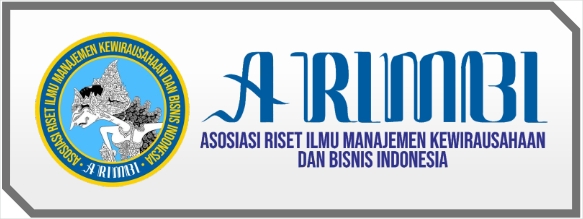POVERTY ANALYSIS IN THE PROVINCES OF MALUKU AND WEST PAPUA IN 2022: AN APPLICATION OF STOCHASTIC FRONTIER ANALYSIS (SFA)
DOI:
https://doi.org/10.62287/transaction.vi.47Keywords:
Poverty, DAK, Efficiency, SFAAbstract
Poverty is one of the macroeconomic problems facing all countries in the world including Indonesia. The Indonesian Government is working to eradicate poverty through the 2015-2019 and 2020-2024 Medium-term Development Plan (RPJMN) which refers to the Sustainable Development Goals (SDGs). One of the Indonesian government programs to combat poverty is the Transfer to the Regional and Village Fund (TKDD) of the nonphysical Special Allocation Fund (DAK Nonfisik). The provinces of Maluku and West Papua are two of the five provinces with the highest poverty rates and the largest per capita nonphysical DAK recipients by 2022. The study aims to provide a general picture and analyze the efficiency level and the impact of nonphysical DAK on poverty levels in Maluku Province and West Papua by 2022. The result is that there are more than 80% of districts/cities in the two provinces whose poverty levels have not reached the target set by the government. All the districts/cities in both provinces have a low level of nonphysical DAK efficiency reflected in none of the funds signaling a lowering of the poverty rate.
















